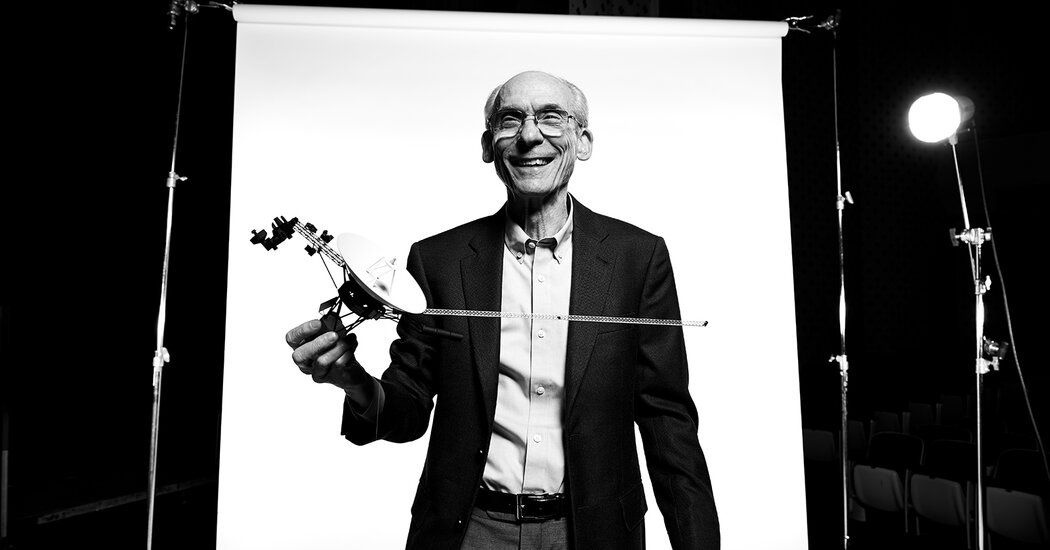He helped send the twin spacecraft on their way in 1977. Decades and billions of miles later, they are still probing — “Earth’s ambassadors to the stars,” as he put it.
Edward C. Stone, the visionary physicist who dispatched NASA’s Voyager spacecraft to run rings around our solar system’s outer planets and, for the first time, to venture beyond to unravel interstellar mysteries, died on Sunday at his home in Pasadena, Calif. He was 88.
His death was confirmed by his daughter Susan C. Stone.
Inspired by the launch of the Soviet satellite Sputnik in 1957, while he was a college student, Dr. Stone went on to oversee the Voyager missions 20 years later for the Jet Propulsion Laboratory, which the California Institute of Technology manages for NASA.
Twin aircraft, Voyager 1 and Voyager 2 were launched separately in the summer of 1977 from Cape Canaveral, Fla. Almost five decades later, they are continuing their journeys deep into space and still collecting data.
Dr. Stone was the program’s chief project scientist for 50 years, starting in 1972, when he was a 36-year-old physics professor at Caltech. He became the public face of the project with the double launch in 1977.
Taking advantage of a gravitational convergence of four planets that occurs only once every 176 years, the spacecraft soared past Jupiter, Saturn, Uranus and Neptune.
